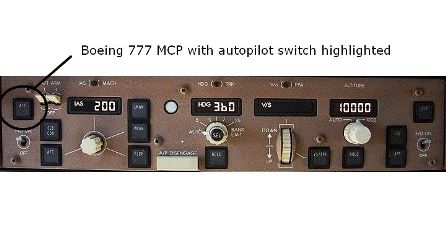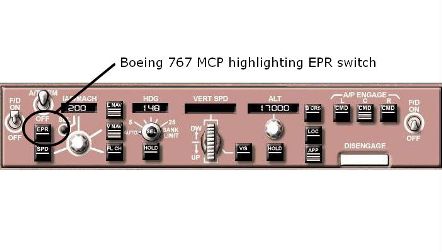The US FAA tomorrow will issue a final airworthiness directive calling on operators of more than 100 US-registered Boeing 777s to update the software in the aircraft's three autopilot flight director computers by the end of June to prevent possible rejected takeoffs (RTOs) and poor single-engine climb performance.
The FAA says in January alone there were two rejected takeoffs for Boeing 777s at speeds "above takeoff decision speed following inadvertent engagement of the autopilot on the ground", adding to the seven other reported rejected takeoff cases since 1995. Boeing also noted that "there have been instances of the flight crew continuing the rotation and climbing out normally by overriding the autopilot on rotation, with the resulting disengagement and disconnect aural".
Boeing also noted that "there have been instances of the flight crew continuing the rotation and climbing out normally by overriding the autopilot on rotation, with the resulting autopilot disengagement and disconnect aural".
Boeing also noted that "there have been instances of the flight crew continuing the rotation and climbing out normally by overriding the autopilot on rotation, with the resulting autopilot disengagement and disconnect aural".
With the autopilot engaged on the ground, the pilots feel higher than normal control forces when they attempt to pull the control column aft at takeoff speed, a surprise sensation that can lead to a high-speed abort.
"This condition, if not corrected, could result in rejected takeoff at rotation speed, and consequent possible overrun of the runway," says the FAA in the airworthiness directive (AD), to be published 17 March.
Boeing on 22 January issued a service bulletin to operators of all 777 models built before line number 819 giving operators one year to update the autopilot flight director computer (AFDC) software. The airframer says it believes pilots could be mistakenly pressing the autopilot switch on the aircraft's mode control panel (MCP) when attempting on engage the auto-throttle function.
The second possibility is that pilots may mistakenly press the left autopilot switch on the MCP due to their previous training in Boeing 757, 767, 747-400 models, which include a procedure for selecting takeoff thrust by pushing the "N1" or "EPR" or "THR" switch on the MCP.
"Inadvertent engagements of the autopilot while the airplane is on the ground are rare events," Boeing says. "During its 15-year service history, the 777 fleet has accumulated more than 4.8 million flights and there have been just nine reported instances of a rejected takeoff because of inadvertent engagement of the autopilot. There have been no runway overruns or injuries associated with these RTOs."
Training pilots reached by ATI verified that the latter case is likely, as the autopilot switch on the 777 MCP is roughly in the same location as the EPR switch in the other models.
 |
|---|
|
|
The new software version inhibits the autopilot from being engaged when the aircraft is below 50ft (15m) or if its flaps are extended. During the ground portion, the new software will disengage the autopilot if for some reason it is turned on when the aircraft is on the ground with flaps extended but not in the rollout mode associated with the auto-land function.
The update also maintains the initial engine-out take off pitch target for a longer duration to minimize altitude loss during takeoff, and targets a velocity to maximize climb out performance. Boeing had discovered during simulator runs that an error in the pitch command law of the AFDC had produced "less than optimal" climb gradient for obstacle clearance during one-engine takeoffs.
The FAA disagreed with Boeing's one-year compliance time in the SB however, accelerating the installation schedule due to the "degree of urgency" needed to address the unsafe condition "without compromising safety".
A copy of the AD is below.




















